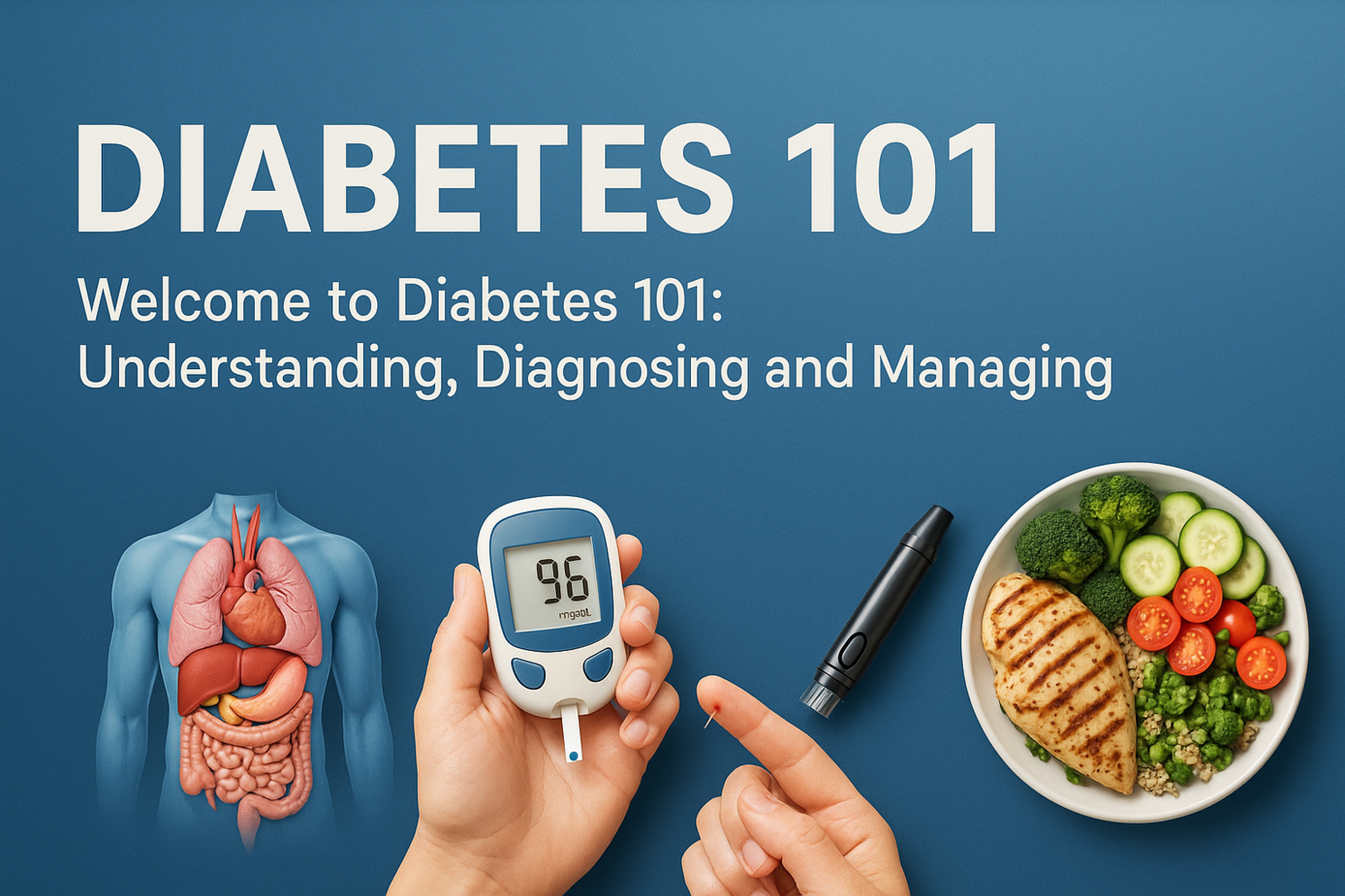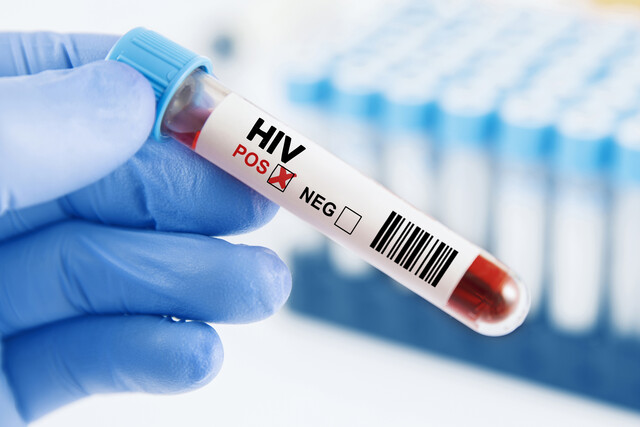Before digging into the specifics around eggs as a dietary allergen, it's first important to establish that while eggs have historically been lumped with dairy, they are a category unto themselves. Although commonly placed together, dairy is the milk of mammals and any products that are made from them- which of course would not include eggs. The confusion largely comes from the fact that some groups- such as vegans, choose not to eat any animal products, including milk products and eggs. Another reason is that some people suffer with allergies to many food groups and may be allergic to both dairy and eggs, thus avoiding them both.
Egg allergies are a result of the immune system developing antibodies that target specific proteins in the egg yolk or egg white. This type of allergy is most often found in children and is the second most common food allergen for young people. However, even with this, eggs allergies only affect 1.5% of children overall. Most children will grow out of the allergy by their teens, although there is a small chance of developing a sensitivity to eggs as an adult.
Symptoms of an Egg Allergy
Another major class of symptoms (affects 21% of children with egg allergies. The most commonly reported include: ) is of the gastrointestinal variety
- Stomachache
- Vomiting
- Bloating
- Diarrhea
- Bloody stool
Other possible allergic responses include red itchy and watery eyes, runny nose, trouble breathing, and in rare cases, anaphylactic shock..
Causes of Egg Allergies
As with all true allergic reactions, egg allergies are the result of abnormal immune system response. The body sees eggs as a harmful substance, thus releases specific chemicals to destroy them- prompting the familiar symptoms of an allergy attack. A person may be allergic to either the egg white, egg yolk- or both. Each part contains specific proteins that can trigger allergies. However it is not safe to think that you can separate the yolk from the egg and avoid an allergic reaction. There is a strong chance of some of the egg white leaking into the yolk and vice versa- which could cause problems. People with one or more parents with an allergy have an increased risk of allergies themselves. Additionally, if you are allergic to eggs, you have an increased risk of developing atopic dermatitis, eczema, hay fever, asthma, and other food allergies.
Although not a direct cause, children who have eczema are at a higher risk of developing allergies to eggs. With eczema, the immune system is already hyperactive and this may increase the chance of them incorrectly marking the protein in eggs for destruction.
For many years, it was thought that egg allergies developed from prematurely exposing children to egg protein. However, studies have recently shown that delaying exposure actually stunts the immune system's ability to recognize egg protein and increases the risk that it will be marked as an allergen.
Interestingly, people who have long-term contact with birds- either as pets or keepers in a facility may become allergic to eggs. This primarily affects women and is thought to be a result of long-term exposure to the proteins in the bird's feathers, dander and droppings, which then spawns a sensitivity to egg proteins.
Treating Egg Allergies
Egg allergies are usually milder than reactions to peanuts or soy, although they can cause serious symptoms in some people. The best way to avoid symptoms is to not consume eggs, and with the prevalence of egg substitutes on the market, this is doable. However, care should be taken with pre-prepared items, especially baked goods. However as noted, most people will grow out of an egg allergy, with 37% of allergies resolving themselves by age 10 and 68% doing so by age 16.
Research has shown that baking eggs (omelet muffins) can reduce the allergenic affect and allow someone who usually has a problem to consume eggs. Also, studies have illuminated the fact that giving children with mild to moderate egg allergies small amounts of eggs, their immune response is corrected and the allergy over time disappears. For ongoing management of egg allergies, avoidance is prescribed, along with over the counter or prescription medicines to deal with symptoms upon ingestion. As with most allergies, the risk for a serious reaction is present, but is minimal with eggs. However, if you suspect that someone is experiencing anaphylaxis, they should be given a shot of epinephrine and rushed to the nearest emergency room.
Section 2. Dairy Allergies
When examining adverse reactions to milk and milk products, it is important to differentiate between a true milk allergy and milk sensitivity/intolerance. These are two very different conditions, although they may share some of the same symptoms. In order to determine whether a patient has a bona fide allergy to milk, the following will be taken into account:
Milk Intolerance � often called lactose intolerance is usually the inability of the body to produce sufficient lactase- the enzyme which breaks down lactose (the sugar in milk). It generally produces symptoms such as gas, bloating and diarrhea. This condition occurs in far more people of African descent than Europeans who domesticated the cow much earlier in history.
Milk Allergy- this is a reaction that is prompted by the immune system directly. With a genuine allergy, antibodies have been formed against the proteins in milk, igniting an inflammatory response whenever it is ingested. Milk products are viewed as harmful by the immune system, which then takes full measures to destroy them. People who are allergic to cow's milk are often also reactive to sheep, goat and buffalo milk. The proteins in milk that most commonly elicit an immune response are:
- Casein, which is found in the solid part (curd) of milk that curdles
- Whey, which is found in the liquid part of milk that remains after milk curdles
Foods that may cause a reaction to those with a dairy allergy include:
- Yoghurt
- Dairy based pudding
- Ice milk
- Frozen yogurt
- Half and half
- Butter
- Ice cream
- Custard
- Whole or low-fat milk
- Powdered or evaporated milk
- Hard natural cheeses, such as Cheddar, Mozzarella, Swiss, and Parmesan
- Soft cheeses, such as Ricotta and Cottage Cheese
- Processed cheeses, such as American
- Artificial cheese flavoring- often found in snack foods
- Instant and boxed breakfast cereals
- Breakfast and energy bars
- Bread, muffins and cookies
- Breadcrumbs
- Crackers
- Granola
- Deli meat
- Processed and breaded meat
- Chocolates, toffee and candy bars
Symptoms of Dairy Allergies
For people who have a genuine dairy allergy, they will generally experience symptoms anywhere from a few minutes to a few hours after consuming dairy products.
Treating Dairy Allergies
Dairy allergies- not to be confused with dairy intolerance- can be problematic, causing a myriad of symptoms. Because dairy hides in so many foods, it is extremely important to become well versed in reading ingredient labels to avoid symptoms. The good news is that for many people, dairy allergies resolve on their own in early childhood.
Eating seafood is something that many people enjoy and take for granted. However, for a small part of the population, consuming fish and shellfish can cause serious allergic symptoms. In this section, you will learn the difference between finned fish and shellfish, who most often develops seafood allergies and how to properly identify and treat sensitivities to seafood.
Section 1. Finned Fish
When discussing seafood allergies, it is important to distinguish between finned fish (tuna, mackerel, and halibut) and shellfish (shrimp, clams, and lobster), as they are two distinct forms of seafood. Each has specific proteins that trigger allergies. It is possible to be allergic to only variety of seafood and have no trouble consuming the other. However, many people will avoid seafood altogether to minimize the risk of cross-contamination, as well as the risk for developing an allergic reaction to the second variety. Because seafood in its various forms is usually a stand-alone ingredient or meal, it is easier to avoid consuming seafood than some other allergens, but there is always the risk of reacting to a hidden ingredient.
There is a wide range of fish that people consume- approximately 20,000 different varieties, in fact! All types of fish have the potential to trigger allergies. However, there are some varieties (especially salmon, tuna and halibut) that are known to cause reactions more often.
Symptoms and Treatment of a Fish Allergy
Unlike many of the other food allergies, sensitivity to seafood usually lasts a lifetime. Also, it is possible to develop an allergy to fish as an adult- often from ongoing environmental exposure. The symptoms resulting from an allergic reaction to fish are on par with peanuts and can often be severe. The most common symptoms include:
- Hives
- Runny eyes and nose
- Trouble breathing
- Nausea, vomiting or diarrhea
- Tingling or itching inside the mouth and throat
- Adults with fish allergies are especially prone to eczema
- Facial and throat swelling
- Anaphylactic shock in severe cases
If you are allergic to fish, you could experience symptoms not only from eating it directly, but also touching and even inhaling the scent of it. Reactions to fish are often serious and if the person cannot breath, exhibits swelling, a rapid heartbeat- or any other serious symptoms, they should immediately be taken to the hospital. People with allergies should always carry a dose of injectable epinephrine, which should be administered en route.
Section 2. Shellfish
Allergies to shellfish are the most widespread food allergy amongst adults. Shellfish are placed into two main categories- mollusks and crustaceans, which affects approximately 2% of adults in the Unites States, compared to just 0.1% of children. Mollusks include snails, oyster, scallops, mussels, squid, octopus, and conch, and clams. Crustaceans include shrimp, lobster, crab and crayfish. Crustaceans are listed as one of the top eight food allergens, thus food companies are required to disclose on product labels that the food "contains, or may contain shellfish". However, mollusks- although they are shellfish, are not covered under the same labeling law. This requires those allergic to shellfish to be extremely diligent when eating out.
Symptoms and treatment of Shellfish Allergy
The symptoms of shellfish allergies are similar to fish and peanuts, and include tingling in and around the mouth and throat, facial swelling, hives, eczema, teary eyes, nausea, trouble breathing and anaphylactic shock. Symptoms are often immediate when it comes to shellfish allergies and can often be severe, involving the swelling of the windpipe and internal tissues. Someone who experiences mild symptoms may be able to alleviate them by taking an antihistamine. However, those with moderate to severe symptoms should seek medical care. Everyone who experiences allergic reactions- especially to shellfish, should carry a epinephrine auto-injector with them at all times to self-administer a dose in case of anaphylactic shock.
Cross Contamination and Airborne Proteins
With most allergies, it takes physically eating or touching the allergen to induce a reaction. However, when it comes to seafood, airborne particles that are inhaled can also trigger an allergic reaction. This means that if you were someone with a seafood allergy and you walk into a restaurant that served it, you could experience a reaction just by inhaling the aroma of the food.
Also, those with seafood allergies should be very careful about eating in restaurants where seafood is served because of the risk of cross- contamination. Even if you do not order fish yourself, your food may contain traces of it. This is because the same utensils, cutting surface and pots are often used for all meat. So potentially you could have ordered a steak, but it was just grilled on the same stove as shrimp or fish. As you can see, there are many ways to be exposed to seafood. This is why constant diligence and backup treatment in the form of an epinephrine shot is critical.
Conclusion
Fish and shellfish- although they are two different types of seafood, are very similar in the prevalence and severity of allergies they trigger. People who are allergic to seafood must be extremely diligent in eating out and general food preparation, taking all precautions against a potentially serious allergic reaction.

























